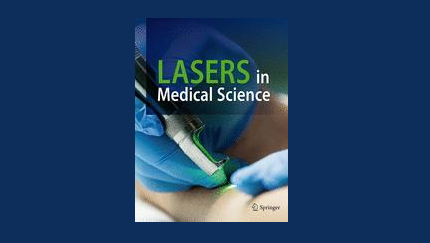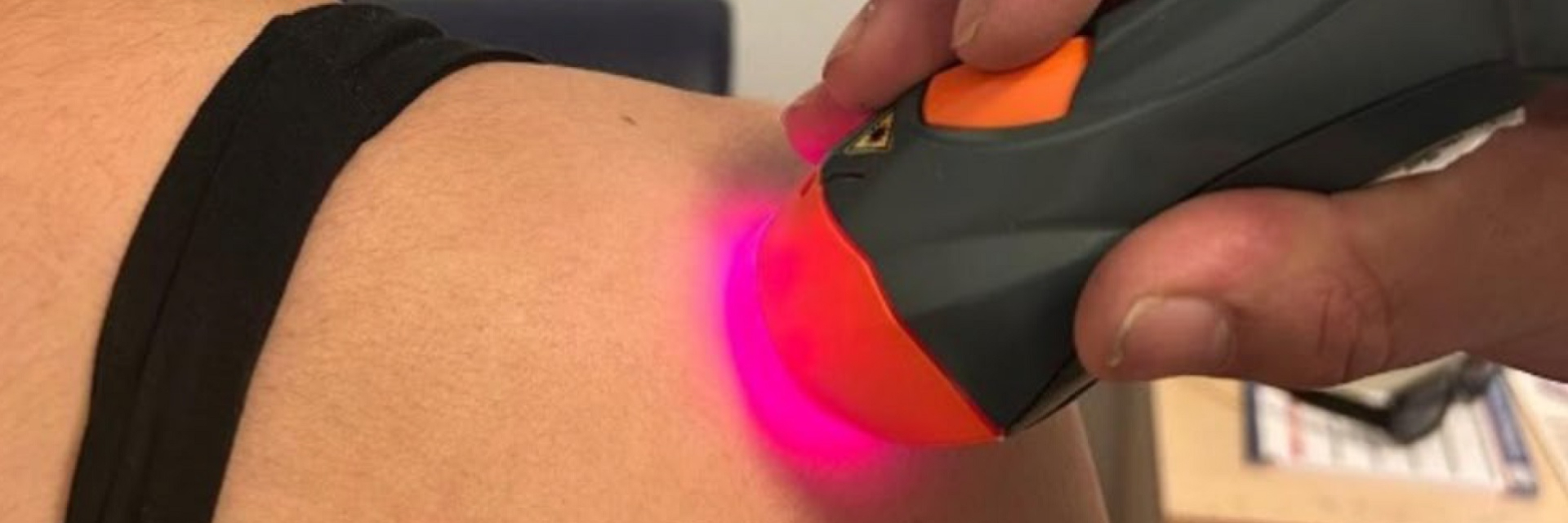MLS® Laser Therapy for hemiplegic shoulder pain: a new opportunity in rehabilitation
Post-stroke shoulder pain: an all-too-common problem
One of the most frequent complications after a stroke is hemiplegic shoulder pain (HSP), a problem that affects up to 70% of patients and often hinders the rehabilitation process. The pain limits movement, reduces independence and slows the recovery of motor functions of the arm and hand.
A clinical study opens new perspectives: the role of laser therapy
A recent randomised clinical study published in Lasers in Medical Science* analysed the effectiveness of three approaches to treat post-stroke shoulder pain:
- Traditional physiotherapy (targeted exercises, mobilisation, stretching)
- Physiotherapy + NMES (neuromuscular electrostimulation)
- Physiotherapy + MLS® Laser Therapy
Patients were treated for 4 weeks, 5 days a week.
The results: laser and NMES more effective than physiotherapy alone
All groups showed improvements, but those who received MLS® Laser Therapy or NMES obtained superior results, in particular:
- Reduction of pain (VAS scale)
- Improvement of shoulder function (SPADI index)
- Greater independence in daily activities (Barthel index)
In addition, the MLS® group was the only one to note a significant reduction in muscle spasticity, a key aspect for motor recovery.
Why does MLS® Laser Therapy work?
The patented MLS® laser technology uses a dual wavelength (808 nm and 905 nm) with combined and synchronised emission. This allows an action that is
- Anti-inflammatory: as it reduces pain mediators
- Anti-oedema: as it improves local microcirculation
- Biostimulant: as it promotes tissue regeneration
- Analgesic: as it quickly relieves pain
The treatment is non-invasive, well tolerated and easily integrated into the rehabilitation process.
Conclusions: a technological ally for post-stroke recovery
This study confirms that MLS® Laser Therapy can represent a valid support for rehabilitation in patients affected by a stroke.
Integrating this type of treatment
- accelerates the functional recovery of the arm
- reduces pain, making physiotherapy more bearable and accessible
- helps the patient to participate with greater consistency and motivation in the rehabilitation process
- improves quality of life and independence
While waiting for further long-term studies, the results are encouraging and offer new therapeutic perspectives for patients and healthcare professionals.

Comparison of low-level laser therapy versus neuromuscular electrical nerve stimulation at hemiplegic shoulder pain and upper extremity functions.
P.Ö. Başaran, & D.E. Büyükşireci
Lasers in medical science, 40(1), 42, 2025











